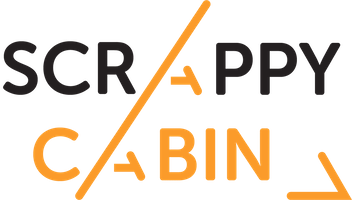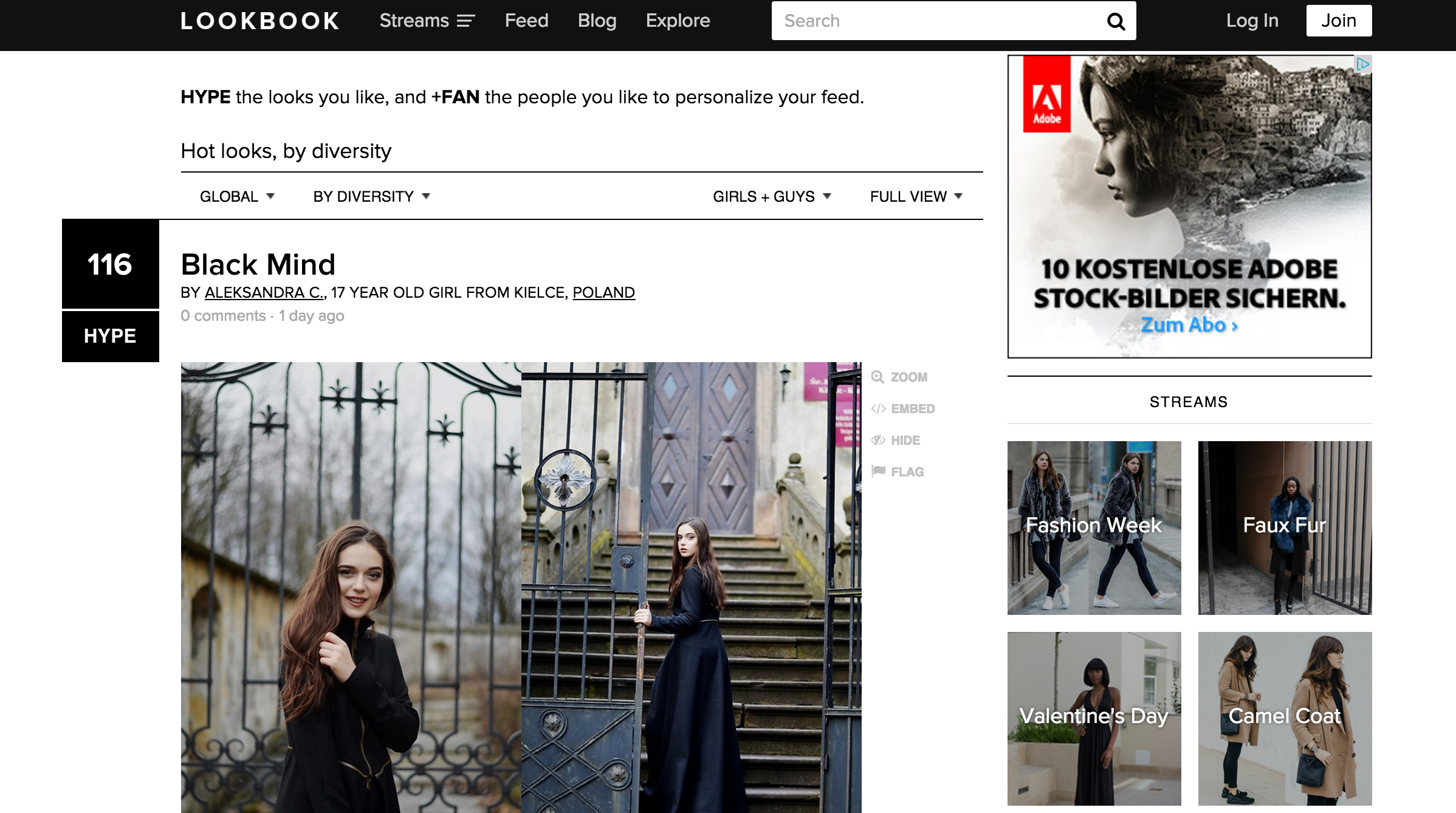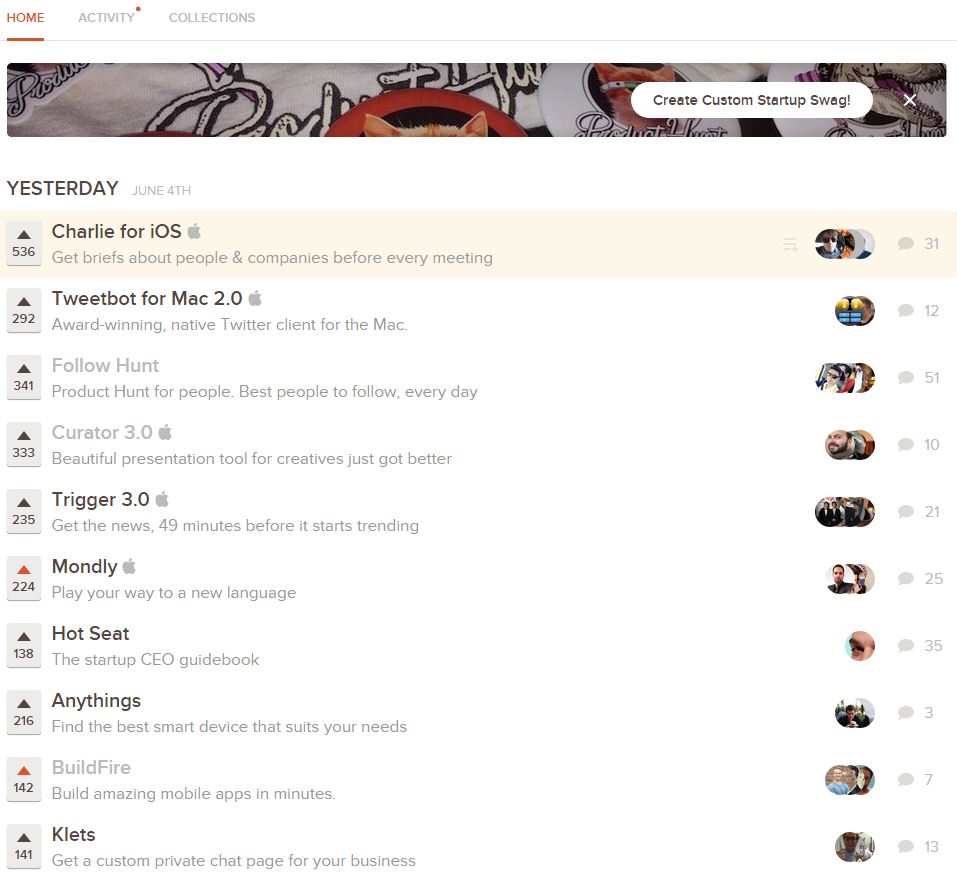Community Hijacking
When it comes to traffic generation and link building, this is one of my favourite techniques. It works better in some industries over others, but in one way or another you'll be able to take advantage of this approach.
Community hijacking involves finding online communities that are made up of your target market, or people that can reach your target market so that you can build a relationship with them and get them to promote your content/brand/product(s).
Here are a few examples of this in action...
Example 1: Lookbook
Lookbook.nu is an online community of fashion enthusiasts (over 1.2 million of them) that publish photographs of themselves in different outfits, mentioning each of the products that make up their outfit.
This community is full of opportunities if you're a fashion-based retailer. One of the major advantages is the fact that they add links to each of the products that they feature within their outfits - the links go directly to product pages. This is the holy grail for ecommerce SEO, and the traffic those links will bring through will convert at a very high rate.
The above image is an example of an outfit that a user has posted on Lookbook, with links to all of the products they're wearing (all of which pass on valuable PageRank).
As a brand, your goal is to get featured by some of the top users on the site. You can find out how popular a user is by checking out how many "Fans" they have as well as their "Karma" score - this is all publicly available on their profile page.
I ran a campaign targeting Lookbook users to form partnerships that consisted of giving them products to wear in return for them featuring the products on their Lookbook site. If you work with the right people, this will scale very well.
To find the right people I downloaded a list of some of the most popular users within the community. To do this, I used Screaming Frog SEO Spider to gather a list of all the URLs on the website. I then exported this list into an Excel spreadsheet and filtered the URLs to only show those that were user profile pages. I could do this because all of the profile pages had /user/ within the URL.
Once I had this list, I could use data scraping to extract information from each of the users' profile pages. For example:
- Their full name.
- Their location.
- Their number of fans.
- Their "Karma" score.
- Their personal blog URL.
- Their email address.
- Their social media profiles.
Once I had this information I could sort the users from highest to lowest number of fans to find the most popular.
Where there was any data missing, I uploaded the user's personal blog into BuzzStream to gather further information on them. This would give me a heap more email addresses that could be used for outreach.
To make things as cost effective as possible, I looked for users located as close to the business as possible (to save on shipping costs) and then stack-ranked them by number of fans. All that was left to do was to send them an email to see if they were interested in working with me.
Here's an example email template I used:
Hey {{First Name}},
I hope you're well.
My name's {{Your Name}} and I work for {{Your Company}}. We’re a {{Short Description of Your Company}}. We're currently working with awesome bloggers like yourself to get some photography done wearing our products.
I saw a few of your images on Lookbook.nu where you were wearing products that fit in with our brand (they looked amazing), so I thought I'd reach out to see if you'd be interested in styling out a look wearing one of our products?
We have a great range that you can check out here (you can choose any product you like): {{Link to Your Products}}
Ideally we'd love to get some shots of you styling out a fall look wearing one of our products which we can share across our social media and within our blog. Alongside this, we'd love if you could publish the look on your blog and on Lookbook.
If you're interested, let me know the following:
1. How much you'd charge (we'll throw in the free product as well).
2. When you'd be able to deliver the photography (roughly).
I look forward to hearing from you!
{{Email Signature}}
The response rate here was huge because this is a mutually beneficial relationship. The bloggers get free products to use within their outfits (as well as more clothes for their wardrobe!) and I was able to drive traffic through to my site, get high-quality backlinks, a load of social media engagement and some high-end photography to use within my own content and on product pages.
Not only that, but I found that the bloggers would also publish a post on their personal blog as well, doubling the amount of exposure we were getting.
Example 2: Product Hunt
Product Hunt is a very different community to Lookbook, but it's a perfect example of a different kind of community hijacking that you can take advantage of.
If you've never been on Product Hunt before, it's like a daily Reddit feed for new products. Products get submitted to the community and they're voted on. Each day products are stacked in descending order based on how many votes they've had. Ranking at the top of the daily list can result in thousands of conversion-focused traffic to your site, just as the creator of Nomad List found out.
I worked on an SEO campaign last year with a company called BuildFire and we managed to get them trending on Product Hunt, generating a few thousand visitors in one day and over 250 new customers.
Similarly with Lookbook, you're looking to get influential members within the community to promote your product. This can involve having an influencer submit your product or getting a number of members to vote for you (ideally you'd do both).
Here's my process for getting featured on Product Hunt - it's the exact one that I used with BuildFire:
Getting Featured on Product Hunt
TAG: ACQUISITON
DIFFICULTY: MEDIUM
- Unless you have an invite, you can’t comment or submit a new product to PH. Even then, if you were to submit yourself, the likelihood is that you’d miss out on a lot of traction compared to someone influential on PH submitting. You only get one chance to submit to Product Hunt so you’ll need to identify someone who would be interested in your startup that also has influence within the PH community. To do this, go to Twitter and search the following query in the search bar:
via "on @producthunt" from:producthunt
This will display tweets from the @ProductHunt Twitter account that mention who has submitted a product (via that person’s Twitter account). All you need to do is search for a similar product to yours and then find the person who submitted it. This person will be perfect to submit yours.
- Once you’ve got a PH member in mind, it’s time to reach out to them via Twitter to ask if you can drop them a quick email. It’s important not to just ask them to submit straight away – you’ll want to do something for them first.
- Drop them an email that gives them a brief explanation of your product and get them on-board to test it. You may need to incentivise them somehow. For example, you could give them access for free.
- Once you’ve built the relationship, ask them to submit your website to PH. You’ll want to set up a landing page URL to give them that has a specific discount/offer for PH members – this dramatically increases conversions and also helps to boost interest within PH. Here’s an example of a website doing this.
- As well as setting up a landing page for Product Hunt members, you may want to add a banner on your site that displays a discount or just links back to your PH listing (to encourage more voting). You can use IntroBar (free) to set this up in a few minutes and only display to people coming from Product Hunt.
- Once you’ve been submitted, you’ll want to ask the submitter to mark you as the Maker of the product so that you’re able to comment. If they have trouble, just drop @ProductHunt a tweet.
- Once you’re able to comment, ask the PH community to give you honest feedback on your product and make sure you answer any question or comment as quickly as possible – this is what the PH community loves and it can provide some invaluable feedback for you.
- Drop through a link to your Product Hunt listing to your social media followers and email subscribers to get them to engage in the comments and upvote.
- Add a call-to-action on your website to visit the PH page so that people can upvote or comment – this could be a simple pop-up.
Getting a feature on Product Hunt doesn't just generate a load of short-term traffic; it can end up in you getting a ton of coverage on bigger publications and receiving a load of valuable backlinks. Off the back of Product Hunt launches I've seen sites featured in Entrepreneur, Tech Crunch, Huffington Post, Inc and many more.







